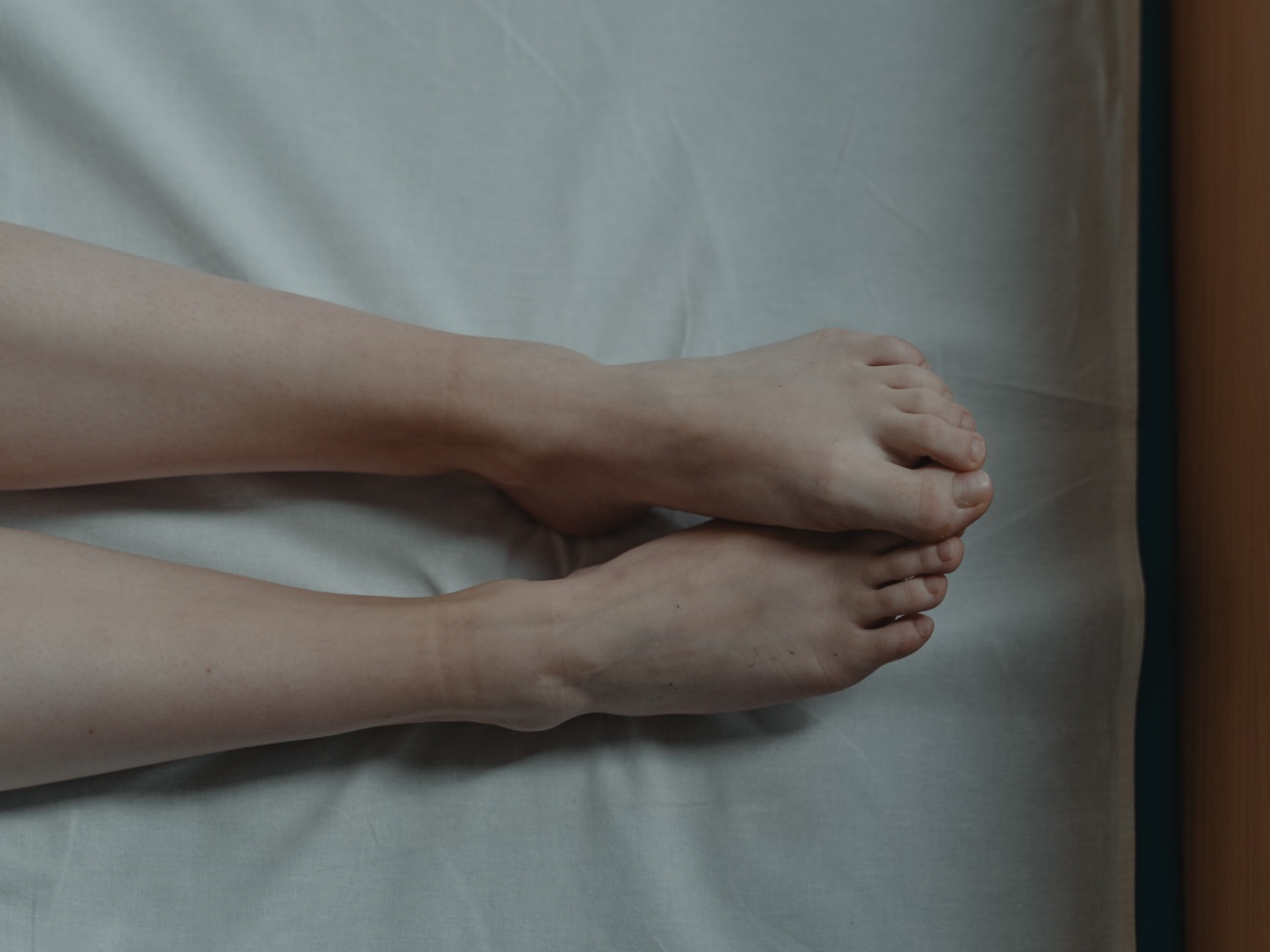Do you feel uneasy about your feet? Are you experiencing pain, discomfort, or swelling? You could be suffering from Anxious Foot Syndrome. This condition can cause significant discomfort and negatively impact your quality of life.
In this article, we’ll explore the symptoms of Anxious Foot Syndrome and available treatments to help you get relief.
What is Anxious Foot Syndrome?
Anxious Foot Syndrome is a condition that can cause intense feelings of discomfort and pain in the feet. This is a common condition among older people who are often more active and on their feet more frequently. However, it can affect any age group.
The condition is often characterized by intense, throbbing pain, swelling, and tenderness in the feet. The pain can be so severe that it interferes with daily activities and can lead to anxiety and depression.
Symptoms of Anxious Foot Syndrome
There are several symptoms of Anxious Foot Syndrome that you should be aware of. These include:.
- Pain: One of the most common symptoms of Anxious Foot Syndrome is pain. The pain can vary from mild to severe and can occur in one or both feet.
- Stiffness: If you are suffering from Anxious Foot Syndrome, you may experience stiffness in the feet, making it difficult to walk or run.
- Tingling and Numbness: Another symptom of Anxious Foot Syndrome is a tingling or numbness sensation in the feet, which can progress to more severe symptoms over time.
- Swelling: Swelling in the feet, ankles, and legs are common symptoms of Anxious Foot Syndrome. This can be due to the accumulation of fluids in the feet.
- Sensitivity to touch: People with Anxious Foot Syndrome may experience a heightened sensitivity to touch. They may experience pain when their feet are touched or bumped.
- Redness: The affected area may appear red or inflamed in some cases.
Causes of Anxious Foot Syndrome
Several factors can cause Anxious Foot Syndrome. Some of the most common causes of Anxious Foot Syndrome are:.
- Plantar Fasciitis: This condition occurs when the plantar fascia, the connective tissue that runs along the bottom of the foot, becomes inflamed. This can cause intense pain in the heel or arch of the foot.
- Overuse: If you regularly engage in activities that put a lot of pressure on your feet, such as running or jumping, you may develop Anxious Foot Syndrome.
- Injury: If you have recently injured your foot, you may be more likely to develop Anxious Foot Syndrome.
- Arthritis: Arthritis can cause inflammation and swelling in the joints of the feet, leading to Anxious Foot Syndrome.
- Peripheral Neuropathy: This condition occurs when the nerves in the feet become damaged. This can cause tingling, numbness, and pain in the feet.
Treatment for Anxious Foot Syndrome
There are several treatment options for Anxious Foot Syndrome. The treatment depends on the cause of the symptoms. Some common treatments include:.
- Pain Relief Medication: Over-the-counter pain relief medications, such as acetaminophen, ibuprofen, or naproxen, can help to reduce pain and inflammation in the feet.
- Stretching and Massaging: Gentle stretching and massaging of the feet can help to relieve tension and loosen up the muscles.
- Orthotic Devices: Orthotic devices, such as shoe inserts or custom-made orthotics, can help to alleviate pain, providing support and proper alignment for the feet.
- Physical Therapy: Physical therapy can help to strengthen the muscles in the feet, improve flexibility, and restore normal walking patterns.
- Surgery: In severe cases, surgery may be necessary to remove damaged tissue or repair damage to the foot or ankle.
Preventing Anxious Foot Syndrome
While Anxious Foot Syndrome is not always preventable, there are several things you can do to reduce your risk of developing the condition. Some of the ways to prevent Anxious Foot Syndrome include:.
- Foot Care: Proper foot care, including keeping your feet clean and dry, trimming your toenails, and wearing properly fitting shoes can help to prevent Anxious Foot Syndrome.
- Stretching: Regular stretching can help to keep your feet and leg muscles flexible and reduce the risk of injury.
- Resting: Taking regular breaks, avoiding excessive exercise or standing on your feet for long periods can help to prevent Anxious Foot Syndrome.
- Balanced Diet: A balanced and healthy diet can help to reduce inflammation in the body and prevent Anxious Foot Syndrome.
Conclusion
Anxious Foot Syndrome is a condition that can cause significant discomfort and negatively impact your quality of life.
Fortunately, there are several treatment options available to help alleviate symptoms, ranging from simple lifestyle changes to more invasive procedures. By taking steps to prevent Anxious Foot Syndrome and addressing symptoms early, you can minimize the impact of this condition on your feet and your life.































